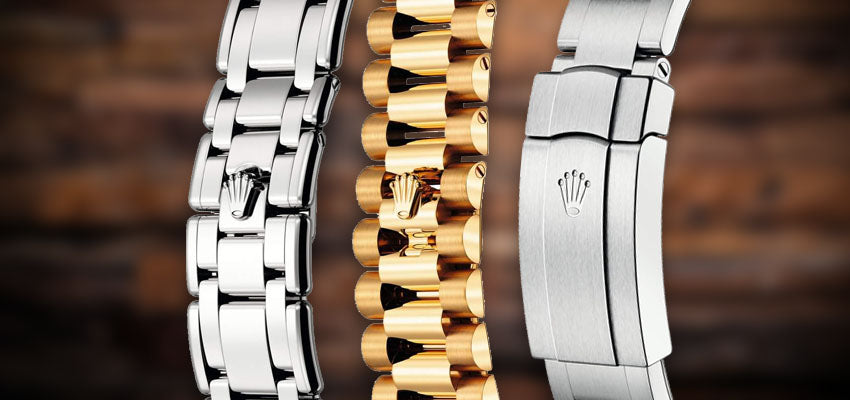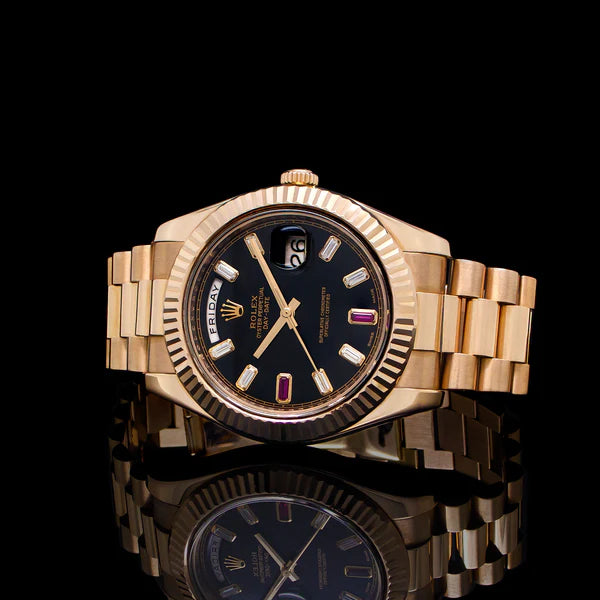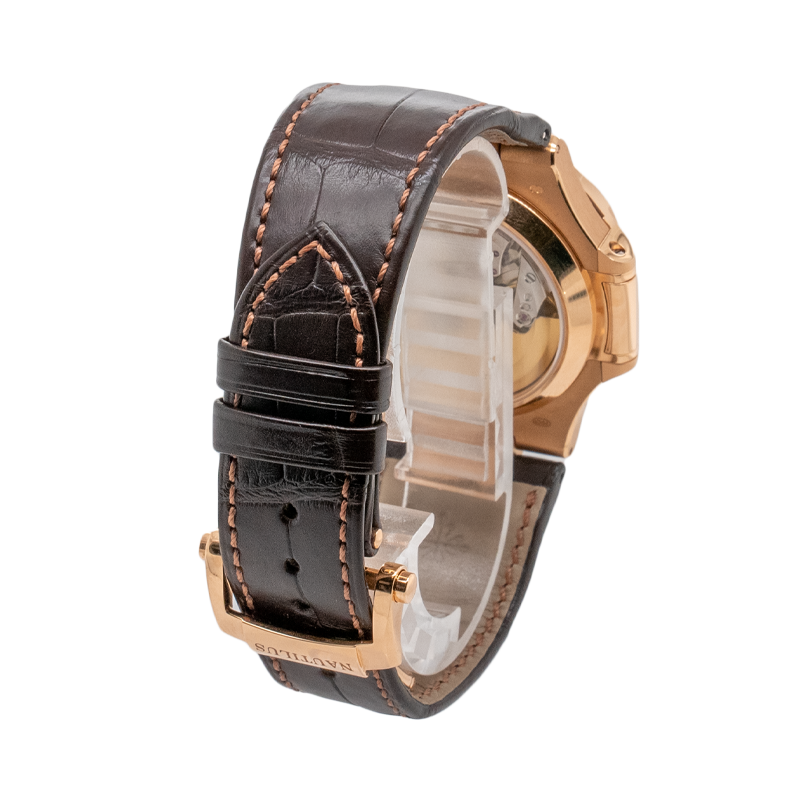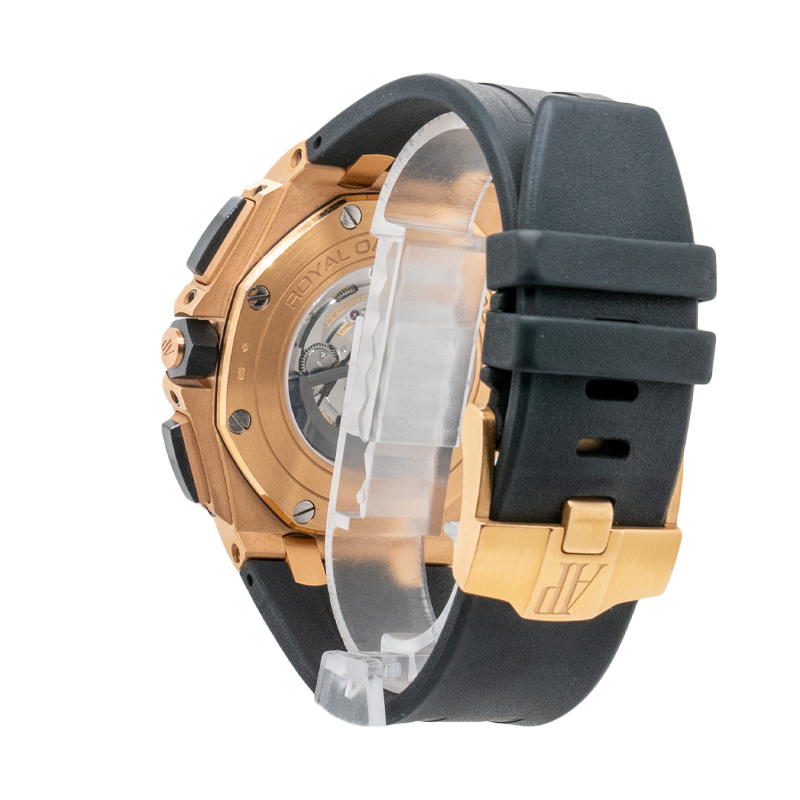

The face of a watch is where the real magic happens. That’s where unique mechanisms and inspired designs come into play, and it’s how jewellers primarily value luxury watches. But why should the face get all the attention? The watch strap it’s attached to is just as much of a style statement - it’s a mirror of the era in which each piece was created, and represents the lifestyle of the wearer.
In this guide, we’re going to delve into the variety of strap materials available, and touch on notable watch straps, to give some appreciation to what’s happening around the wrist. When buying a watch - especially one that doesn’t have a removable strap - you’ll want to pay close attention to the wristband.
Watch strap materials
In the past, the only decision dilemma was between leather and stainless steel. Today, though, more materials have entered the market, each bringing its own unique qualities. In no particular order (okay, insomeparticular order), here's your guide to watch strap materials and the statements they make. Strap in.

Metal bracelet
The classic bracelet can be crafted with stainless steel, gold, silver, titanium or a myriad of these. Although steel was traditionally the masculine choice, and gold the glamorous, modern-day enthusiasts wear what suits them. Since a metal bracelet tends to be on the weighty side, it might not suit individuals that lead an active lifestyle - unless it’s reserved for their Sunday Bests.

Leather
The leather strap is a versatile yet stylish statement. Alligator, crocodile, cowhide and now faux leather, this wristband takes you from smart to casual in a second. Comfortable and durable, with a retro look that stands the test of time, the best leather straps come from Europe, Italy, Germany and Switzerland.

Rubber
Once the domain of divers, racers and sportspeople, rubber straps are now also commonly associated with high-end pieces worn for smart-casual occasions. This pivot came around in the 1980s when Hublot introduced the use of rubber to luxury timepieces, and over the last few decades, we’ve seen more choices and higher quality in rubber straps.
Nylon
A nylon strap is a truly practical approach to horology. Durable and affordable, but coveted largely thanks to its mix-and-match capabilities with other straps, the nylon strap can be lumped into two key categories: NATO and Zulu. The NATO strap originated with the British Army but has developed some playfulness since then, while the Zulu strap takes inspiration from NATO but adds extra resistance to wear and tear.
Physical Vapour Deposition (PVD)
A relatively recent trend in watch customisation, coating a strap with VPD creates a sporty, robust look. A few years ago, consumers and companies were choosing to customise watches with VPD to give them a striking monochromatic look.
5 watch straps that made history
Some iconic watch straps stand out in history. Whether that’s because of who they were created for, or because they divert away from the norm, these are the straps that made a ripple in the luxury timepiece space.
How to find your watch strap size
Every watch strap (also called a watch band) is measured by the width of the end of the strap - the part that attaches to the timepiece itself. If you’re switching up your strap - whether for aesthetics or practicality - you’ll want to make sure you’re using the correct strap size.
To find the strap size you need, measure the width of the lug. You’ll find the lugs on the watch head; they’re the attachments that hold the strap in place.
The most accurate way to measure the lug is to use digital callipers, but failing this, a ruler will work.Measure in millimetresandround upif you need to round, since it’s better for straps to be tight rather than loose.
Now you’re ready to find your perfect watch strap!
Need to replace a metal watch strap? Visit a professional
With the right tools and knowledge, you can probably change some watch straps at home. However, it’s a fiddly job and a wrong move could damage the watch head or the strap. Instead, visit a watch specialist such as Trilogy Jewellers who can make the changeover easily and safely.
Book an appointmentin our London store for repairs or to browse our collection of rare, luxury timepieces.
TRILOGY ON YOUTUBE
Follow Trilogy on YouTube for regular updates and reviews of luxury watches and jewellery.

